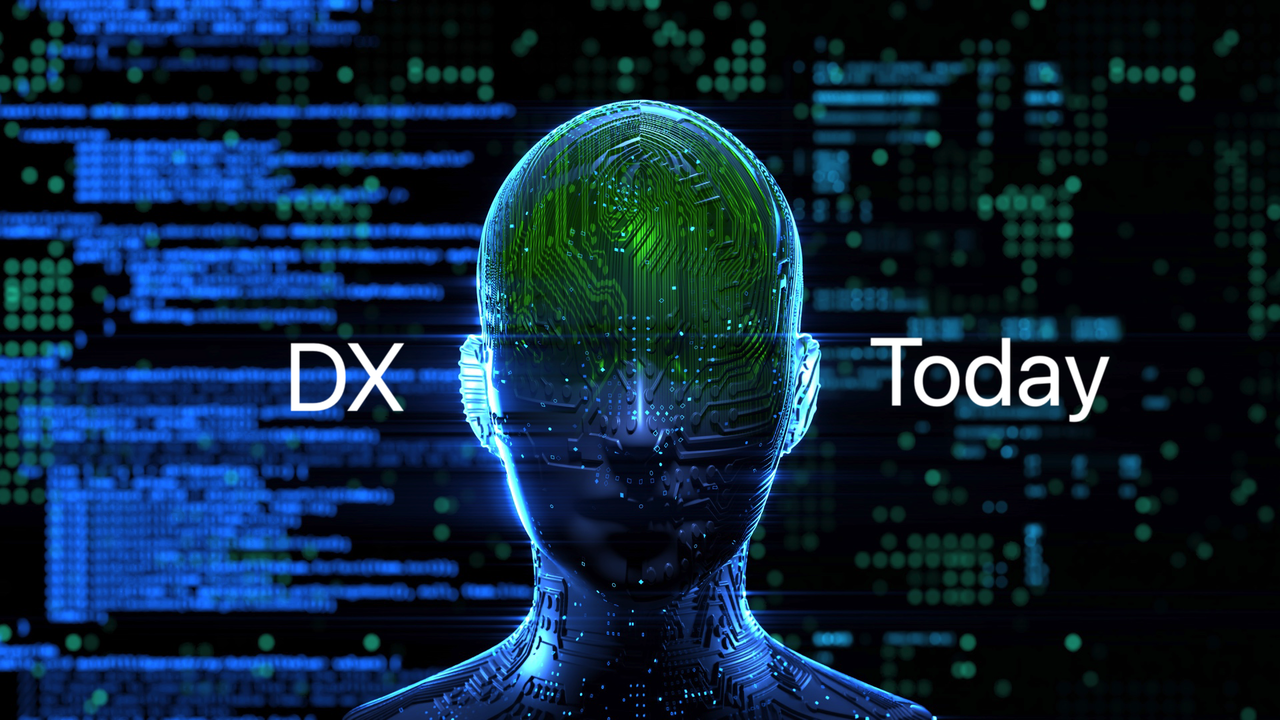How AI Thinks: A Look At The Limitations Of Current Artificial Intelligence

Table of Contents
The Lack of Common Sense Reasoning in AI
One of the most significant limitations of current AI systems is their lack of common sense reasoning. Unlike humans, who effortlessly grasp nuanced situations and apply general knowledge to novel problems, AI relies heavily on rule-based systems and pre-programmed data. This difference leads to frequent AI failures in situations requiring even basic common sense.
For example:
- Difficulty in understanding context and nuance in language: AI struggles with sarcasm, irony, and implied meaning, often interpreting statements literally.
- Inability to extrapolate knowledge to novel situations: An AI trained to identify cats in photos might fail to recognize a cat in a different pose or setting.
- Struggles with physical world understanding and interaction: AI systems often struggle with tasks that humans find trivial, such as grasping objects of varying shapes and sizes or navigating complex environments.
Researchers are actively pursuing advancements in common sense reasoning, exploring techniques like knowledge graphs and probabilistic reasoning. However, imbuing AI with truly human-like common sense remains a significant challenge, requiring breakthroughs in both computational power and the representation of knowledge.
Data Dependency and Bias in AI Systems
AI models are trained on vast amounts of data, and the quality and characteristics of this data profoundly impact their performance. A major limitation of current AI is its susceptibility to bias, reflecting biases present in the training data. This data dependency creates several significant problems:
- Algorithmic bias perpetuating existing societal inequalities: AI systems trained on biased data can perpetuate and even amplify existing societal biases in areas like hiring, loan applications, and criminal justice.
- Difficulty in identifying and mitigating bias in large datasets: Identifying and correcting bias in massive datasets is a complex and computationally expensive task.
- The need for diverse and representative datasets in AI training: Creating truly unbiased AI requires diverse and representative datasets that accurately reflect the real world.
Techniques to mitigate bias include careful data curation, algorithmic adjustments, and the development of fairness-aware AI algorithms. However, eliminating bias entirely remains an ongoing challenge.
The Absence of True Understanding and Consciousness
While AI excels at processing information and performing complex tasks, it lacks true understanding and consciousness. AI systems can manipulate symbols and patterns remarkably well, but they do not possess the subjective experience or conscious awareness that characterizes human intelligence.
Key distinctions include:
- AI as a sophisticated pattern-matching machine, not a conscious being: AI excels at finding patterns in data, but this doesn't equate to genuine comprehension or understanding.
- The Turing Test and its limitations in assessing true intelligence: The Turing Test, designed to assess machine intelligence, fails to account for the nuances of consciousness and genuine understanding.
- The debate surrounding strong AI vs. weak AI: The field grapples with the difference between "weak AI" (designed for specific tasks) and "strong AI" (hypothetical AI with human-level intelligence and consciousness).
The ethical considerations of creating truly conscious AI are profound and require careful consideration. The potential risks and benefits of such a technology need careful examination before pursuing such ambitious goals.
Explainability and the "Black Box" Problem in AI
Many modern AI models, particularly deep learning systems, are often referred to as "black boxes" due to the difficulty in understanding how they arrive at their decisions. This lack of transparency poses significant challenges:
- Challenges in debugging and improving opaque AI systems: Understanding why an AI system made a particular decision is crucial for debugging errors and improving its performance. This is incredibly difficult with black box systems.
- The need for explainable AI (XAI) to increase transparency and trust: Explainable AI aims to make the decision-making processes of AI models more transparent and understandable.
- Regulatory concerns related to the use of "black box" AI: The lack of transparency in black box AI raises concerns about accountability and potential misuse, leading to growing regulatory interest in AI explainability.
Researchers are actively developing methods for creating more explainable AI models, but this remains a significant area of ongoing research and development.
Conclusion
Current AI systems, while impressive in their capabilities, exhibit significant limitations. These include a lack of common sense reasoning, susceptibility to data bias, an absence of true understanding and consciousness, and the inherent "black box" problem. Understanding how AI thinks, and acknowledging its limitations, is crucial for responsible development and deployment of this powerful technology. Continue exploring the nuances of artificial intelligence and its impact on our future. The future of AI hinges on addressing these limitations and developing AI systems that are not only powerful but also trustworthy, ethical, and transparent.

Featured Posts
-
 Los Angeles Wildfires The Rise Of Disaster Betting And What It Means
Apr 29, 2025
Los Angeles Wildfires The Rise Of Disaster Betting And What It Means
Apr 29, 2025 -
 Exclusive Report Elite Colleges In Private Revolt Against Trump Administration
Apr 29, 2025
Exclusive Report Elite Colleges In Private Revolt Against Trump Administration
Apr 29, 2025 -
 Coping With Adhd Naturally A Guide To Holistic Management Strategies
Apr 29, 2025
Coping With Adhd Naturally A Guide To Holistic Management Strategies
Apr 29, 2025 -
 Controversial Cardinal Demands Conclave Inclusion
Apr 29, 2025
Controversial Cardinal Demands Conclave Inclusion
Apr 29, 2025 -
 British Paralympian Missing In Las Vegas Search Intensifies After Week Long Silence
Apr 29, 2025
British Paralympian Missing In Las Vegas Search Intensifies After Week Long Silence
Apr 29, 2025
Latest Posts
-
 The Most Emotional Rocky Movie According To Sylvester Stallone
May 12, 2025
The Most Emotional Rocky Movie According To Sylvester Stallone
May 12, 2025 -
 Which Rocky Movie Touches Sylvester Stallone The Most
May 12, 2025
Which Rocky Movie Touches Sylvester Stallone The Most
May 12, 2025 -
 Stallone Reveals His Top Rocky Movie A Touching Choice
May 12, 2025
Stallone Reveals His Top Rocky Movie A Touching Choice
May 12, 2025 -
 Sylvester Stallone Picks His Most Emotional Rocky Film
May 12, 2025
Sylvester Stallone Picks His Most Emotional Rocky Film
May 12, 2025 -
 Sylvester Stallones Favorite Rocky Movie The Franchises Most Emotional Entry
May 12, 2025
Sylvester Stallones Favorite Rocky Movie The Franchises Most Emotional Entry
May 12, 2025
